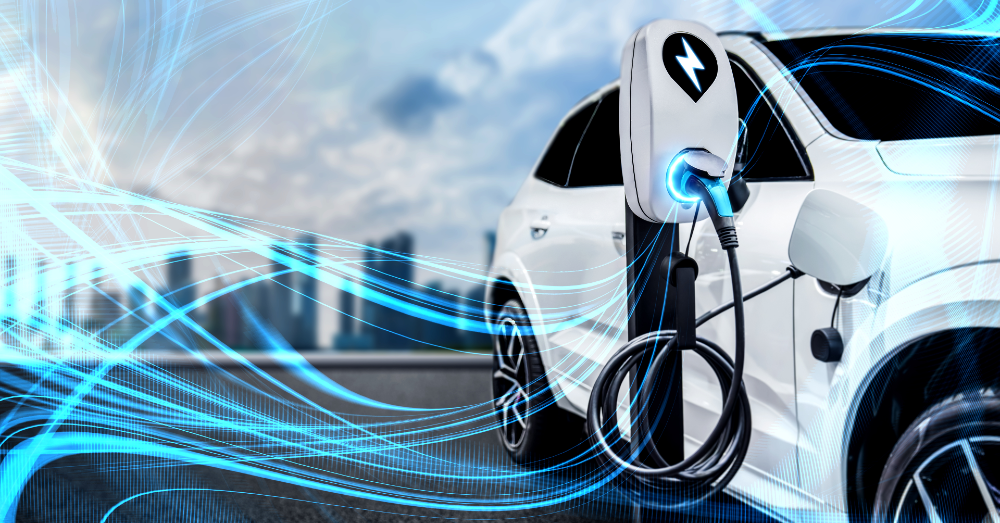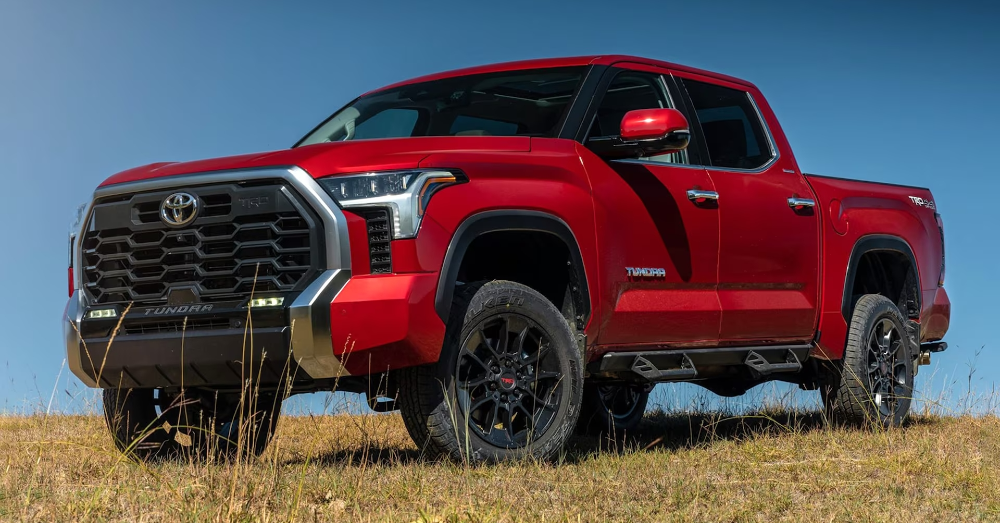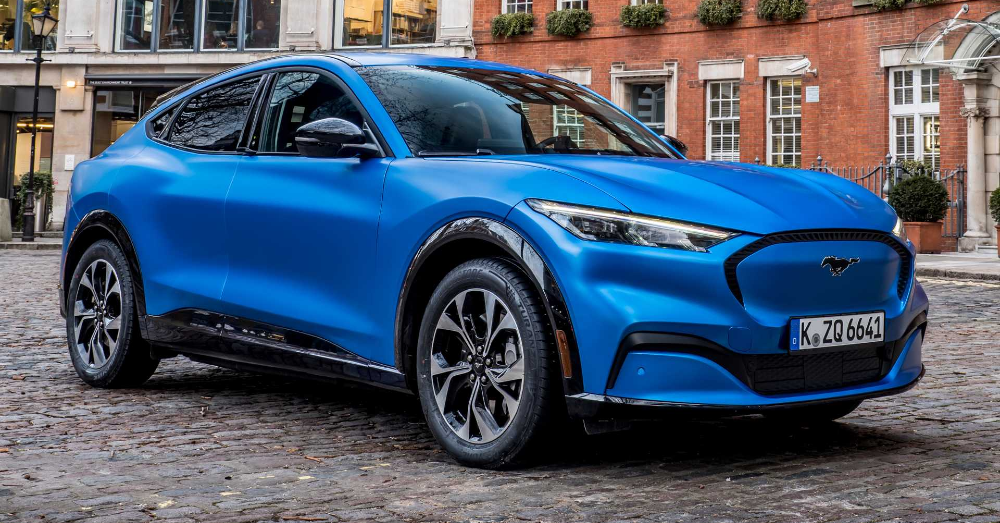The electric future is almost a certainty, but California isn’t taking automakers’ word for their movement away from gas cars.
Instead, the state is leading the way in the future.
For many years, the California Air Resources Board (CARB) has been a leading organization dedicated to clean air in the state. In fact, CARB ha been so influential that many other states have adopted regulations set by this organization. Although the federal government attempted to remove some of the power CARB has in the United States, its continued to be an influential organization and a leader in clean energy and clean air for California and other states.
Is it Distrust or Simply a Move Forward?
Since the beginning of the current presidential term, many automakers that operate in the United States have announced the goal of selling at least 50% electrified vehicles by 2030. Its been a little more than two years since the term began and it appears CARB isn’t impressed with the slow progress in this area of the auto market. While its hard to discern whether they don’t trust automakers or want to be out ahead of this issue, but its easy to see what the organization wants to accomplish.
California is Already Tough on Emissions
The reason CARB is as influential as they are the strictness of the emissions laws enacted. Traditionally, the CARB regulations are much stricter than any other emissions laws in the entire country. Because of this, it shouldn’t be any surprise that California would be the first state to move toward banning gas cars, well ahead of any regulation put forth by the federal government. This ban will likely have widespread impact across the country because many other states adopt the same regulations.
Other states that typically adopt the CARB regulations are :
Colorado, Connecticut, Delaware, Maine, Maryland, Massachusetts, New Jersey, New York, Oregon, Pennsylvania, Rhode Island, Vermont, Virginia, and Washington
If all of these states also adopt the new ban on gas cars, this would be close to one-third of the entire country and several of the most highly-populates states.
Incentives to Move Away from Gas Have Grown
To segue for a bit, a recent bill was passed to give all automakers the opportunity to allow customers to take advantage of the Federal EV Tax Credit. While initial reports are that most EVs won’t qualify, this bill allows automakers to create new pathways that will lead to these EVs qualifying for the credit. This new credit allows customers to reduce the price of an electric vehicle right at the dealership, without the need to wait until they file taxes the following spring. This is a clear message to automakers that the movement toward an electrified future is taking place and they need to find ways to get onboard with this change.
Adding a written plan by one of the most powerful clean air organizations in the country puts the writing clearly on the wall that EVs are the future.
What is the California Zero Emissions Plan?
Gas cars can still be purchased in California for the next few years, but by 2035 all sales in the sate will be zero emissions vehicles(ZEV). The movement toward this restriction begins as early as 2026 with 35% of the production volume sold in California must be ZEVs. There aren’t any exceptions to this restriction when it comes to passenger vehicles and light duty trucks. Every year after 2026, the percentage increases by nearly 8% until it reaches 100% in 2035. This is a serious plan laid out in California and one that certainly has our attention.
Most Automakers Are Already Working Toward Similar Goals
Even though CARB felt the need to put pen to paper and create this plan for 100% ZEVs by 2035, most automakers are moving toward electrification. Many new electric vehicles will hit the market over the next couple of years to offer electric and hybrid versions of nearly every model in the lineup. Unfortunately, the mandates and goals to move away from gas cars and toward electrified models doesn’t mean much when they are self-imposed. This could be why CARB let the need to put the plan in writing.
What Does this Mean for Commercial Vehicles?
The ZEV plan laid out by CARB does not include reductions in the sale of heavy-duty pickup trucks, commercial trucks, or commercial vans. Currently, we don’t see many of these larger machines with hybrid or electric platforms. Some companies are working on building electric-powered semis and finding ways to give consumers enough power to tow or haul with an electrified heavy-duty truck, but none have reached the market yet. The passenger vehicles and light-duty trucks are the vast majority of vehicles sold and used throughout the country, which makes this classification the perfect target for CARB.
Many Challenges on the Horizon
California is one of the most populated states in the country and the 2026 model year is only three years away. Once the 35% ban is in place, will there be enough allocations of ZEVs for California drivers to purchase? If other states adopt the new CARB plan will there be enough for all of these states as well? Could automakers face trouble with production delays and supplies as the requirement for electric vehicles grows? These are just a few of the questions that must be asked and answered.
It’s a Big Step Forward; is it in the Right Direction
Do the states that follow CARB have the infrastructure to support an increased in charging requirements for drivers to power their electric vehicles? Pushing the needle so far forward to ensure at least 35% of all vehicles sold in California, and possibly 14 other states, are not gas cars, could be troublesome for the EV infrastructure. Are we moving too fast toward electrification? Is the added mining required for the rare-earth elements going to be a problem for automakers?
The electrified future is here. Like it or not, it won’t be long before gas cars are a thing of the past and we all have the silent and clean drive of an EV.
This post may contain affiliate links. Meaning a commission is given should you decide to make a purchase through these links, at no cost to you. All products shown are researched and tested to give an accurate review for you.




